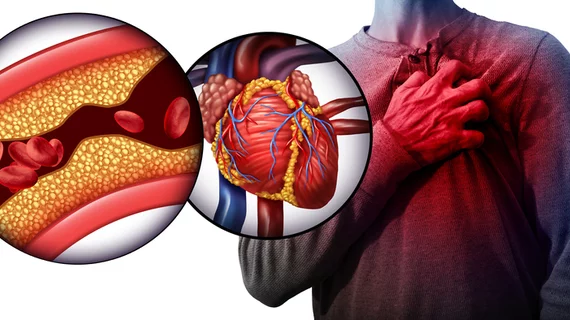Texas researchers receive $1.14M to develop first CVD drug of its kind
The Texas Heart Institute (THI) in Houston, recently ranked one of the top 20 U.S. hospitals for cardiology and heart surgery, has received a two-year grant worth $1.14 million to develop a first-in-class drug capable of limiting inflammation and reducing a patient’s risk of cardiovascular disease (CVD). The grant came from the National Heart, Lung and Blood Institute (NHLBI), a key division of the National Institutes of Health responsible for funding scientific research in the areas of heart, lung, blood and sleep disorders.
The news comes on the heels of efforts led by Darren G. Woodside, PhD, vice president of research at THI, and Ronald J. Biediger, PhD, director of medicinal chemistry at THI, to study molecular interactions between proteins known as integrins and Syks. The belief is that these interactions can be triggered by small compounds—and developing those compounds could potentially lead to a new type of medication that reduces a patient’s risk of inflammation more than statins or any other therapies currently available on the market. The NHLBI is hoping such a medication could target inflammation in CVD patients before it even occurs.
Woodside and several colleagues published their initial findings in Frontiers in Immunology back in 2021.[1]
“Given the sobering mortality statistics associated with heart disease, a novel therapy that could change disease trajectory and delay or prevent events associated with atherosclerotic cardiovascular disease would be a significant improvement to current treatment regimens,” Woodside said in a statement announcing the funding.

